by Valeria Confalonieri | Jan 12, 2023
Benzodiazepines (BDZ) are the most prescribed drugs in Western countries and up to 30% of patients prescribed it during hospitalization continue to take it at 12 months. BDZs are associated with a 5-fold increase in cognitive impairment, psychomotor impairment, and...

by Valeria Confalonieri | Jan 12, 2023
The so-called “low-grade” stenoses are largely represented (up to 90%) in observational series of “first examinations”. In these, the progression of the stenosis has been calculated in around 7% of cases. The “uncritical” and...

by Valeria Confalonieri | Jan 12, 2023
The 24-hour dynamic ECG according to Holter represents a simple and non-invasive but time consuming diagnostic tool. In clinical practice we often see inappropriate prescriptions. Palpitations are the most common indication (up to 20% of prescriptions). Holter ECG is...

by Valeria Confalonieri | Jan 12, 2023
The different mechanism of direct oral anticoagulants (DOACs) compared to traditional oral anticoagulant therapy explains the better risk/benefit ratio of these drugs associated with a reduction of intracranial bleeding in different clinical settings (atrial...

by Valeria Confalonieri | Jan 12, 2023
In chronic coronary syndromes, with preserved left ventricular function, coronary revascularization aims to control symptoms and does not affect the prognosis. In stable and asymptomatic patients, ischemia research tests are not indicated and increase the risk of...








Recent Comments